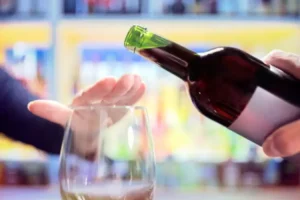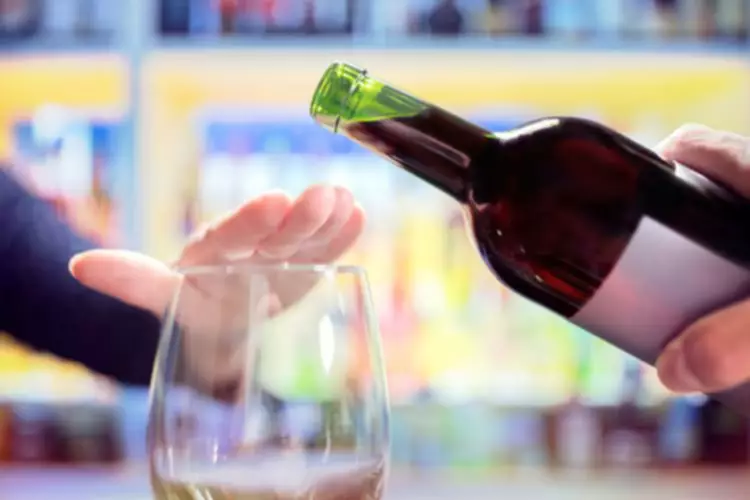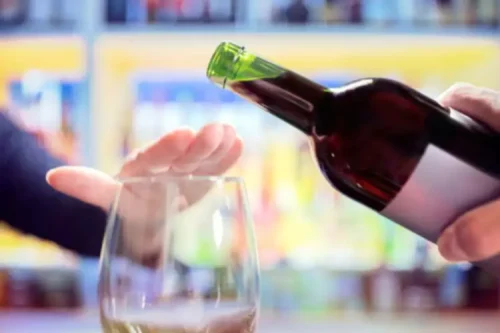Arizona Mirror: Lawsuit filed over sober living home scam targeting Native people
A sober living home—sometimes called a halfway house—allows you to be in a structured environment free of drugs and alcohol, with a peer group that is in recovery and trying to remain abstinent from mind-altering substances. The halfway house gives structure but also provides you with more freedom than an inpatient rehab program where you are not typically sober house allowed to come and go as you please. You are generally allowed to attend school or go to work and return home to the sober living house at night. One of the most important factors in recovery from drug or alcohol addiction is the social support a recovering person receives during this critical time. When their living environment is alcohol-and drug-free, it makes it easier for them to avoid substance abuse.
Who Benefits from Sober Living Homes
Sober living houses, also known as recovery residences or drug-free housing, offer a supportive environment for individuals in recovery that promotes sobriety, personal growth, and community support. Sober living is designed for individuals who have completed primary addiction treatment and are seeking a supportive environment to continue their recovery. It offers a safe space away from triggers and temptations, allowing residents to focus on maintaining sobriety while learning essential life skills for independent living. Whether transitioning from rehab or seeking additional support after detox, sober living provides a structured yet flexible environment conducive to long-term recovery. Usually, these programs are meant to offer supportive, affordable housing to individuals who have completed court-ordered rehabilitation or time in incarceration. Orange County sober living homes in Southern California offer weekly house meetings, health care services, and recovery resources.
Are Sober Living and Halfway Houses the Same?
Sober Living Homes and Supportive Housing Programs are more than just recovery tools. They provide a nurturing environment, offer support, and equip individuals with the necessary resources to maintain their sobriety and flourish in life. These programs are instrumental in establishing a foundation for a rejuvenated, empowered, and fulfilling existence. Our clinical and support staff prioritize the needs of every patient, helping them regain control https://yourhealthmagazine.net/article/addiction/sober-houses-rules-that-you-should-follow/ of their lives and become our next success stories.
Location and Environment
Our multidisciplinary staff works closely with each client to develop a customized plan for overcoming their addiction that prepares them for long-term sobriety. This targeted treatment addresses each client’s individual needs, identifying the tools and resources that can lead them to continued success. If you return to your home environment—whether it’s stable and supportive or not—it’s crucial for you to follow your aftercare plan to ensure you continue to get the support and help you need. This could include pursuing education or job opportunities, developing healthy hobbies, and maintaining healthy relationships.
Finding a Sober Living Program Near You
- Sober homes are designed to provide safe and supportive group living free of alcohol and drugs.
- AZCIR is part of the Mental Health Parity Collaborative, a group of newsrooms that are covering stories on mental health care access and inequities in the U.S.
- Sober homes come in various levels or categories, each offering different degrees of structure, monitoring, and on-site services.
- They provide a structured environment where patients can continue to grow and thrive.
Certain levels of sober homes are endorsed by organizations like the Substance Abuse and Mental Health Services Administration (SAMSHA) for their structured and supportive environments. These recovery housing facilities provide a safe and supportive environment, fostering long-term recovery and continued sobriety. Sober living homes offer residents the benefits of peer support, regular house meetings, and access to community resources and support groups, which are essential for maintaining abstinence and mental health. Sober living homes near you provide a supportive environment for those recovering from drug and alcohol addiction. For comprehensive care, the best treatment centers offer specialized programs targeting drug addiction and long-term recovery. Southern California offers the perfect blend of cities like Costa Mesa and Newport Beach for clients pursuing a sober lifestyle.
What Rules Apply in a Sober Living House?
By finding a house that meets your individual requirements and values, you may increase your chances of achieving sustained recovery. One option is to conduct online research and browse directories of houses in your area. Treatment centers and recovery organizations may also be able to provide recommendations and guidance in your search. Additionally, it can be helpful to schedule tours of potential residences to get a feel for the environment and ask any questions you may have.
At Del Arroyo Recovery, it’s not just about preventing relapse; it’s about empowering you to live your best sober life. This includes developing life skills, engaging in employment or education, and building a support network—all critical elements in the long-term success of recovery. The core idea behind a sober living home is to create a space where individuals can strengthen their sobriety while learning to reintegrate into everyday life. Let’s dive into the world of sober living homes and discover their significance in the recovery process. Sober living means living in housing that has a guaranteed sober environment, with other people who have completed addiction rehab treatment. For example, you may find education about certain life skills such as job interviewing and budgeting offered at a halfway house.
- If you or your loved one is seeking sober housing near you, give our helpline a call today.
- Your individual needs are one of the most important factors in how long you stay in sober housing.
- To find a suitable house for your needs, you can utilize various resources and tools.
- Orange County sober living homes in Southern California offer weekly house meetings, health care services, and recovery resources.
These homes equip patients with the necessary tools to manage addiction and maintain sobriety, enabling them to take charge of their lives, enhance their well-being, and create their individual success stories. As everyone in these homes is on a similar journey towards recovery, they can learn from each other and confidently chart their own path forward. Sober living homes have shown high success rates in supporting long-term recovery. According to a study on sober living house success rates by The ECHO Foundation, 68% of residents remain abstinent after a year, highlighting the effectiveness of structured support and peer accountability. These environments offer a crucial bridge between rehab and independent living, fostering personal growth and sobriety. Sober living serves as a crucial transitional phase for individuals recovering from addiction.
Hobbs said in an interview with the Arizona Mirror that she could not comment on the lawsuit, but the state is still responding to the sober living crisis. It has been nearly two years since the predatory practice that intentionally targeted Indigenous people by offering them shelter, food and rehabilitation help they never got was exposed and state officials moved to shut it down. Generally, the programs are voluntary, although some residents may be court-ordered to live in a sober residence.
This often includes finding a stable living environment that is free of drugs or alcohol. Even the most highly motivated people can find it hard to remain sober if there are drugs or alcohol in their living space when they are newly sober. Where you live after completing a treatment program for substance use disorder can be an instrumental step in supporting your recovery. Our knowledgeable admissions navigators can answer your questions about treatment and recovery and help you take the first steps in your sobriety journey. One place to start looking to find a sober living home or facility is a Google search for something such as “sober living houses near me” or “sober house in” followed by your city and state. You can also consider asking peers at 12-step meetings or work with your treatment provider to see if he or she can help get you into a sober living facility.
Understanding Step-Down Care
A medical examiner would later note that in his final weeks, Hustito made multiple emergency room visits. One trip to Banner Desert Medical Center was on Dec. 9, a day after he turned 43. Authorities said he drank a half bottle of rum and smoked fentanyl at his sober living home. But he was anticipating another California trip with his treatment program, she said.
All sober houses have a zero-tolerance policy regarding the use of drugs or alcohol. Some recovery houses insist on random drug testing to ensure residents remain sober. Individuals who breach this are usually removed from the home immediately to protect the other residents. While living in a recovery residence, individuals are encouraged to find work, study, or participate in volunteer opportunities. This enables residents to accept responsibility for themselves and their future and establish a daily routine and purpose.


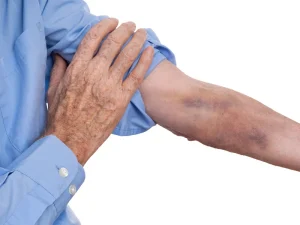

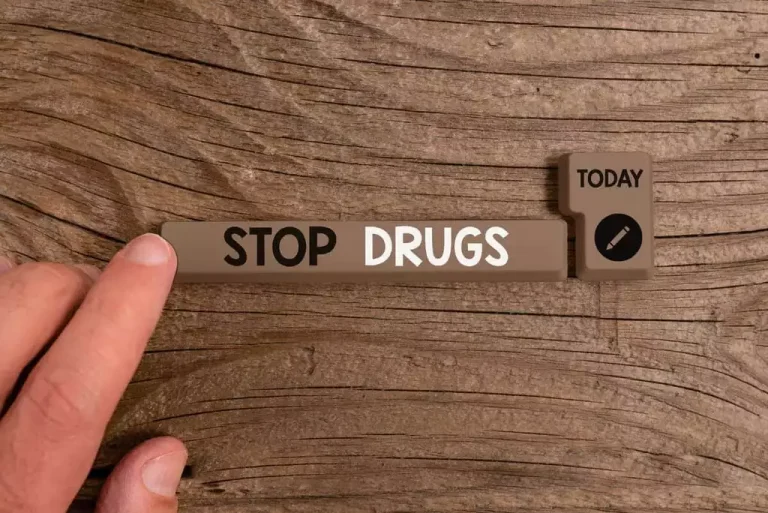
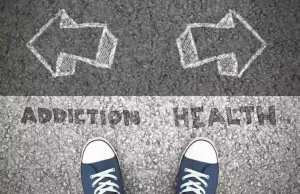


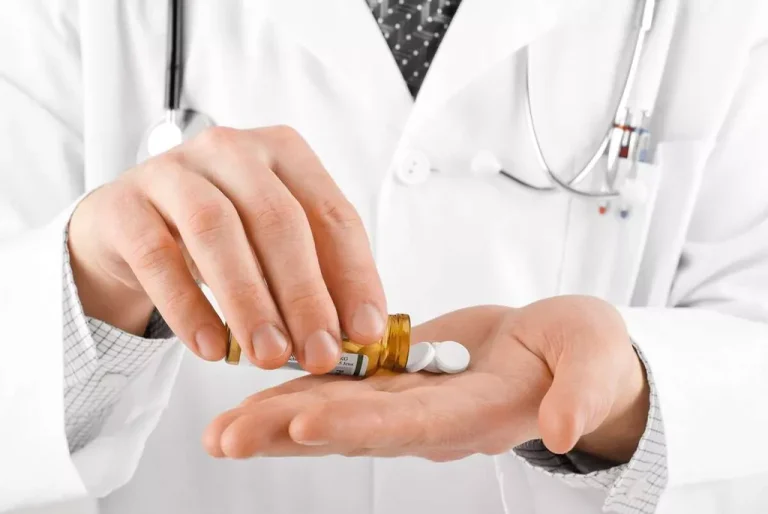
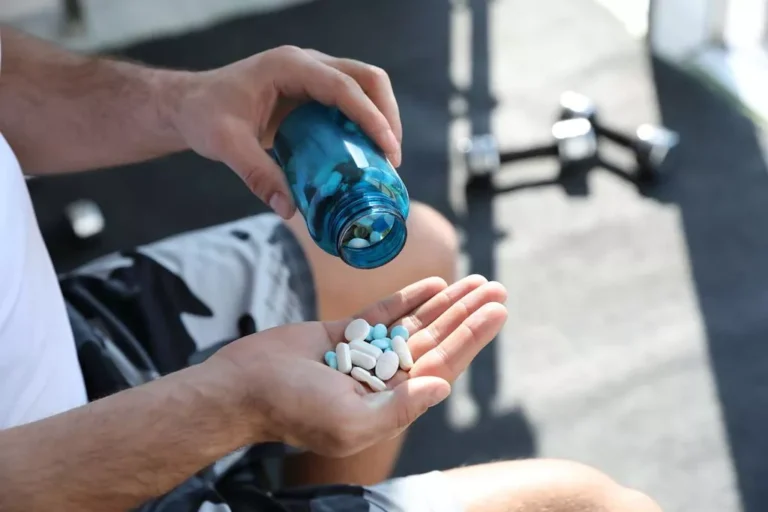
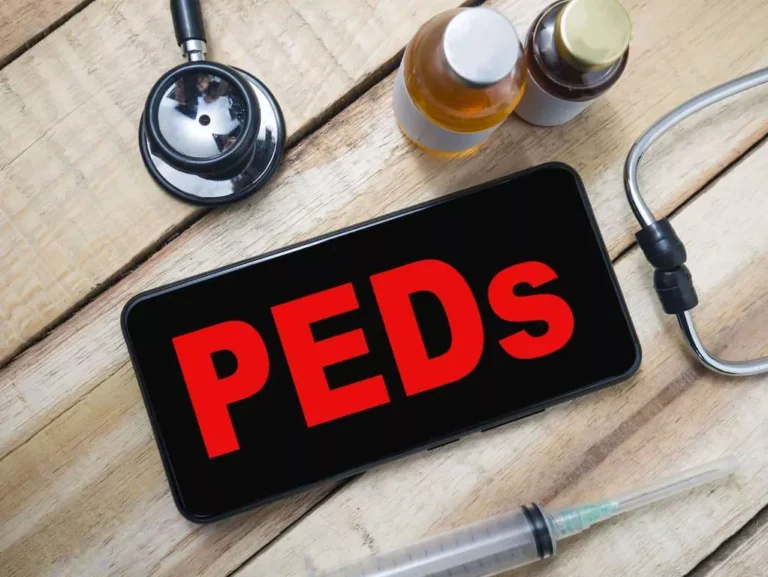
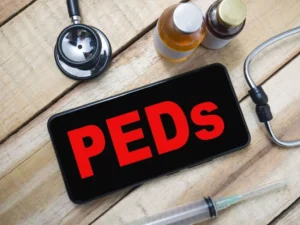
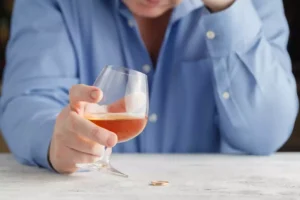












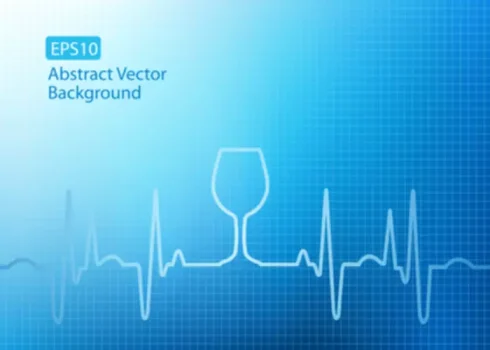

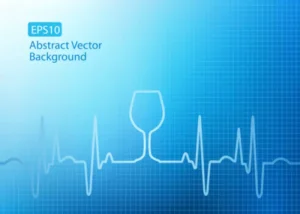
.jpg)
.jpg)
.jpg)

